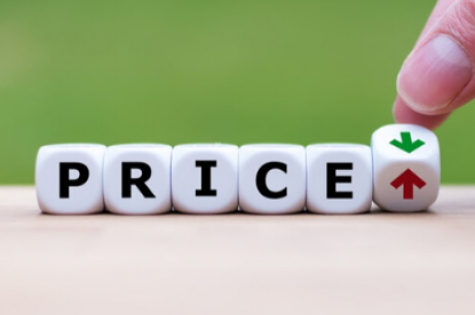If you’re thinking of setting up shop or running your own retail business, this is the article for you. Aside from focusing on stock, merchandising and marketing, one of the most important aspects of running a new business is getting your payments and pricing off the ground. As a new business owner, you may feel a little confused when it comes to this area of business. Fret not, for today we bring to you some incredibly handy tips when it comes to payments and pricing. Read on to find out more!
1. Point of Sale Should Be Your Point of Focus
Have you ever encountered a point of sale system? Chances are, you’ve come across one at retail outlets, restaurants, salons and even hotels. Point of sale software, also commonly referred to as POS systems, is a tool that allows your customers to pay for your goods and services. It is usually a system that handles payments, tracks inventory, manages employees and can assist in keeping your business in good financial health. Every new business could benefit from utilising a POS system, and we highly recommend doing so if you’re serious about creating a successful and long-lasting business.
2. Multiple Payment Options Are a Must
In 2020, you’re falling far behind if your business doesn’t accept multiple payment options. Long gone are the days of “cash only”. In today’s modern world where people make payments via Paypal, Apple Wallet, Google Pay, Debit Cards and Credit Cards, it is so incredibly important that your business has a variety of payment options to suit the various needs of your customers. Whether you are running your business online or at a brick and mortar location, offering your clientele a variety of ways to may their payments is one of the best ways of ensuring that you don’t lose out to your competitors. Never underestimate the difference multiple payment options can make for your business’ financial position.
3. Price Your Items Competitively
As a new business, it is important that you price your products and services competitively. This is because being new to the game, you have yet to build a following or a reputation which means you’ll have to attract new customers with a competitive price. It is always helpful that you research into the prices your competitors offer and partake in promotions such as “opening day” sales or any other marketing strategies that will help your business stand out of the crowd.
4. What Are Your Customers Willing to Pay?
Another very important factor to consider when pricing your items or services is how much your customers are willing to pay. Setting a price that is a little too steep is a great way to turn away potential clients or customers. A great way to get the feel of how much they are willing to pay is to conduct market research, surveys and other forms of questionnaires that will give you a rough idea of what people are willing to fork out. In-depth analysis of your target market will help you decide on the best prices that will not just make you a decent profit but also keep your customers happy.
5. Don’t Forget About GST
Last but not least, the ever-dreaded GST. GST, or goods and services tax, is a mandatory charge for businesses earning more than $75000. This is why it is important that you factor it into how you price your items. Many businesses choose to charge GST even before their income has reached the threshold, simply to avoid a situation in which customers are faced with a sudden price hike in the future.
___________
Finding the right pricing and payment methods for your goods and services is absolutely pivotal to the success of a new business. We hope that this article has given you some insight into how you can go about organising your payments and pricing in the most simple way possible.








 Agree (0)
Agree (0) Disagree (
Disagree (









__small.png)










